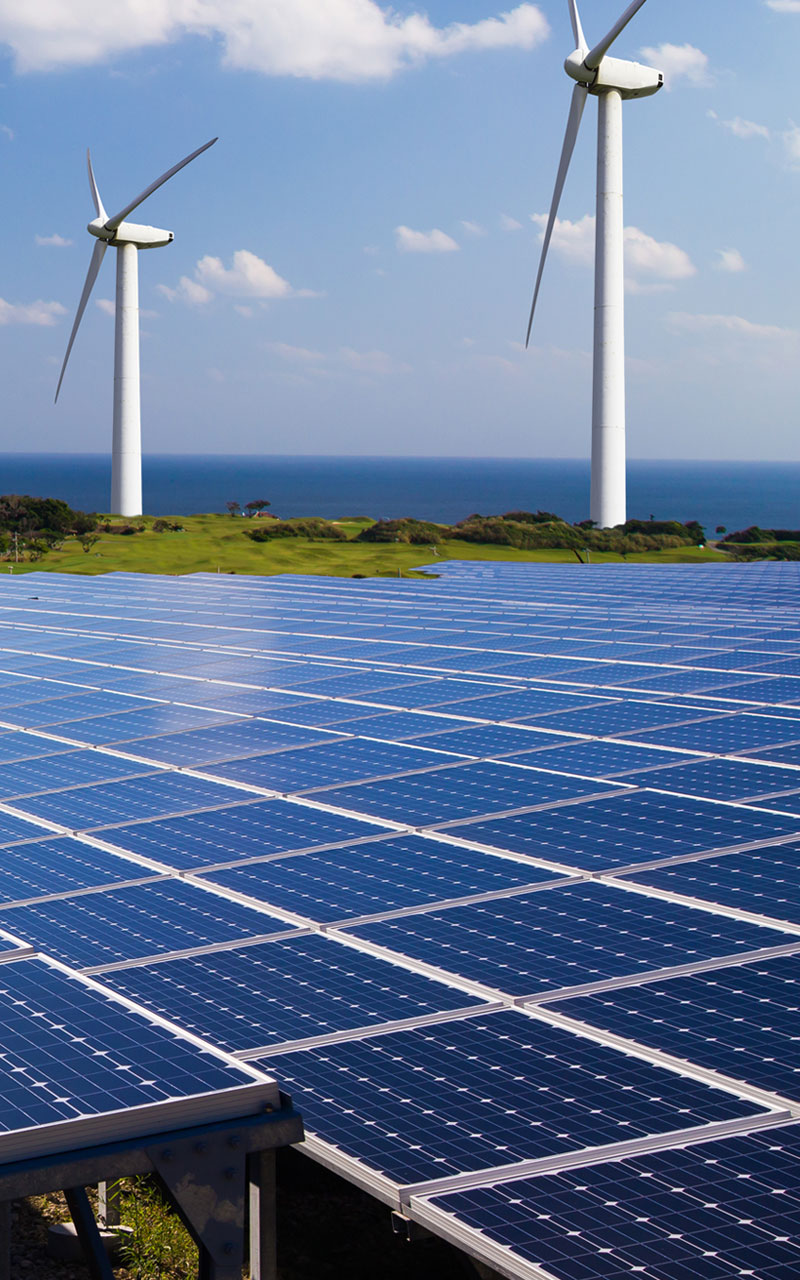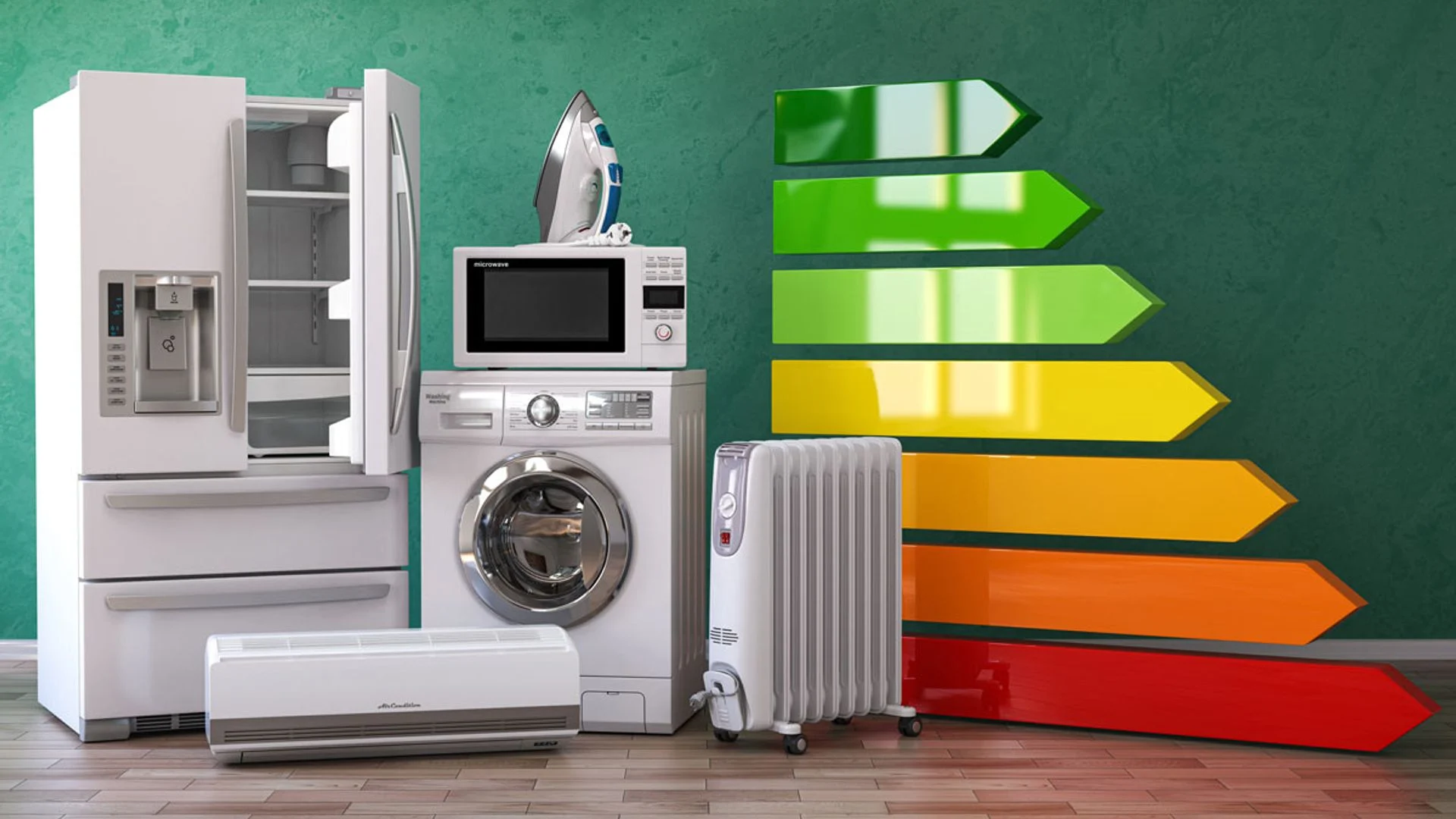In a world increasingly attuned to the importance of sustainability, the Better Business Challenge emerges as a pivotal initiative for businesses striving to adopt more eco-friendly practices. This challenge, designed to promote business energy savings and environmental responsibility, offers a structured approach for companies to reduce their carbon footprint, lower energy costs, and contribute positively to the global effort against climate change. By participating in this challenge, businesses of all sizes are empowered to make significant strides in energy efficiency, fostering a healthier planet and a more sustainable future. In order to dwell on this topic some further research might be carried out by DoMyEssay which can easily write my essays for different topics including this one.
Maximizing Energy Efficiency: Tools and Techniques for Businesses
To maximize energy efficiency, businesses can utilize a variety of tools and techniques tailored to their specific needs. Conducting an energy audit is a critical first step, providing a baseline energy assessment of the workplace and identifying opportunities for improvements. Implementing energy-saving measures, such as upgrading to Energy Star-certified appliances and optimizing air flow in heating and cooling ducts, can lead to substantial energy savings. Additionally, smart thermostats and energy management systems offer advanced control over energy use, allowing businesses to achieve greater efficiency and cost savings, much like how WritePaper writing and editing services provide businesses with professional support to enhance clarity and precision in their communication efforts..

The Core of Business Energy Savings: Strategies and Benefits
The essence of business energy savings lies in the adoption of strategies that reduce energy usage and operational costs. These strategies range from simple measures like installing energy-efficient lighting to more comprehensive approaches such as overhauling heating and cooling systems. The benefits of such practices extend beyond mere cost savings, encompassing enhanced corporate reputation, reduced greenhouse gas emissions, and a significant contribution to the fight against global warming. Businesses that prioritize energy efficiency not only save money but also play a crucial role in preserving environmental resources for future generations.

Understanding and Reducing Energy Usage in the Workplace
A deep understanding of energy usage in the workplace is essential for devising effective strategies to reduce consumption. This involves monitoring the energy performance of office space, HVAC equipment, lighting, and other office equipment. Small changes, such as sealing air leaks, maintaining equipment properly, and encouraging energy savings tips among employees, can make a big difference. By focusing on areas with the highest energy use, businesses can implement targeted actions to achieve significant reductions in energy bills and utility costs.
Spotlight on Energy Savings: Success Stories from the Challenge
The Better Business Challenge has yielded numerous success stories, showcasing the remarkable achievements of businesses that have embraced energy efficiency. These stories serve as powerful testimonials to the potential cost savings and environmental benefits of participating in the challenge. From small businesses to large commercial buildings, companies have reported substantial reductions in energy bills, enhanced operational efficiency, and a stronger commitment to sustainability. These successes underscore the tangible impact of energy-efficient practices and the valuable support provided by the challenge in helping businesses achieve their energy-saving goals.

Innovations in Heating and Cooling Systems for Energy Conservation
Innovations in heating and cooling systems represent a significant opportunity for energy conservation in businesses. Modern, energy-efficient systems are designed to provide optimal comfort while minimizing energy consumption and costs. Technologies such as variable-speed air conditioners, heat pump water heaters, and geothermal heating and cooling solutions offer alternatives that are both environmentally friendly and cost-effective. By upgrading to these innovative systems, businesses can reduce their reliance on fossil fuels, lower greenhouse gas emissions, and achieve considerable energy savings.
Implementing Energy-Efficient Solutions: A Guide for Businesses
Implementing energy-efficient solutions requires careful planning and consideration of the specific needs and resources of each business. This guide suggests starting with an energy audit to identify key areas for improvement. Subsequently, businesses should prioritize upgrades that offer the highest return on investment, such as installing energy-efficient windows, enhancing insulation, and replacing outdated HVAC equipment. Engaging employees in energy-saving practices and taking advantage of government incentives and programs can further amplify the benefits of these initiatives, leading to greater energy savings and a more sustainable operation.

Beyond the Challenge: Cultivating a Culture of Sustainability in Business Practices
Participating in the Better Business Challenge is just the beginning of a journey toward sustainability. To truly make a lasting impact, businesses must cultivate a culture of sustainability that permeates every aspect of their operations. This involves ongoing education and engagement of employees, continuous improvement of energy-efficient practices, and a commitment to innovation in sustainability. By embedding these principles into their core values, businesses can not only reap the financial and environmental benefits of energy savings but also inspire others to follow suit, contributing to a more sustainable and resilient future for all. In conclusion, the Better Business Challenge offers a comprehensive framework for businesses to enhance their energy efficiency and adopt sustainable practices. By understanding and reducing energy usage, implementing energy-efficient solutions, and fostering a culture of sustainability, businesses can achieve significant energy savings, reduce their environmental impact, and position themselves as leaders in the global movement towards a more sustainable future. The challenge not only offers immediate benefits in terms of cost savings and operational efficiency but also plays a crucial role in addressing the broader challenges of climate change and environmental degradation, demonstrating the power of collective action in making a positive difference for our planet.
